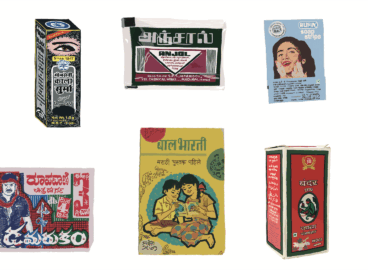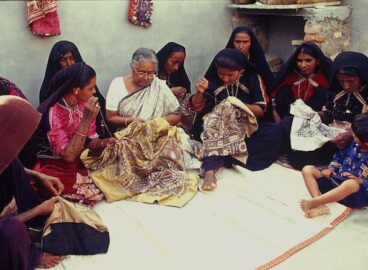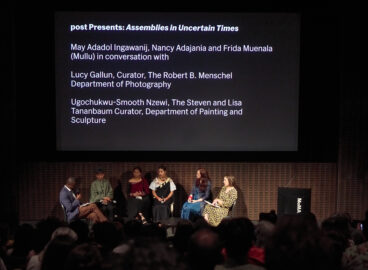In this 5 Questions interview, art historian Emilia Terracciano examines the possibility of developing and de-colonizing narrative tools for the writing of (Indian) art history. She speaks about the promise of student work seen at the most recent Kochi-Muziris Biennale and lauds that as a platform for both production and research. She also discusses the importance of private museum initiatives, which fulfill a need for education and accessibility.
5 Questions with Emilia Terracciano
August 3, 2017


